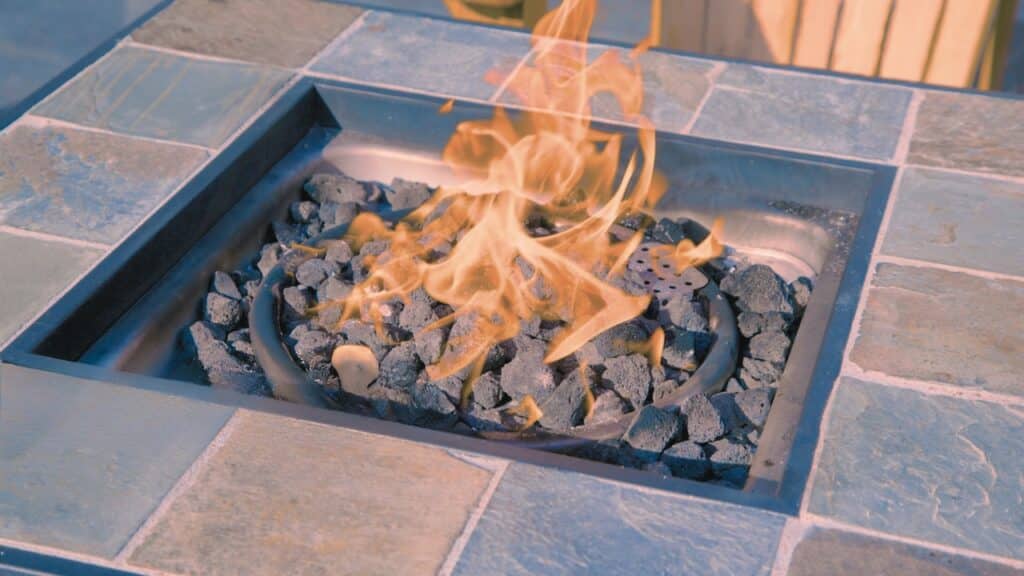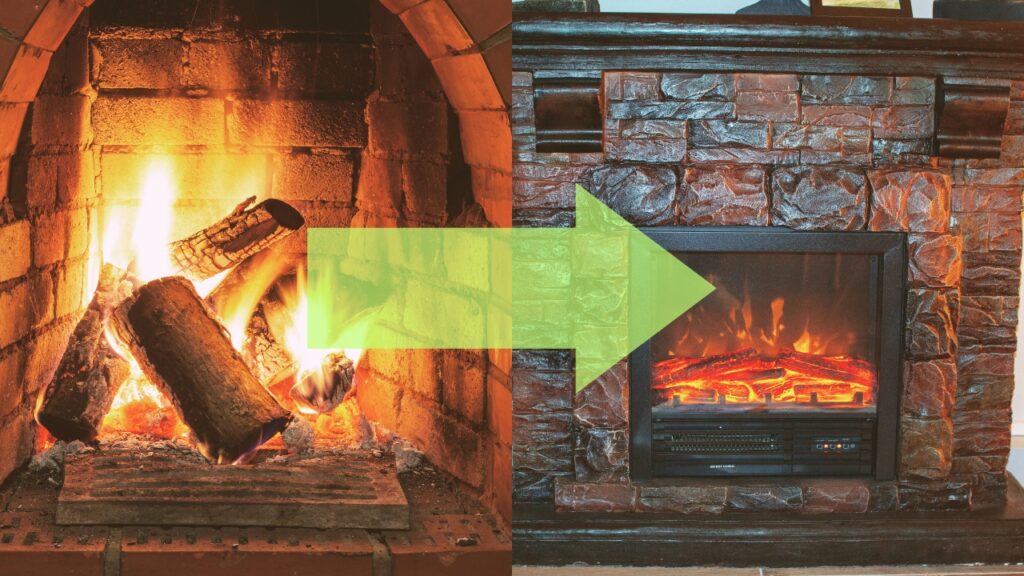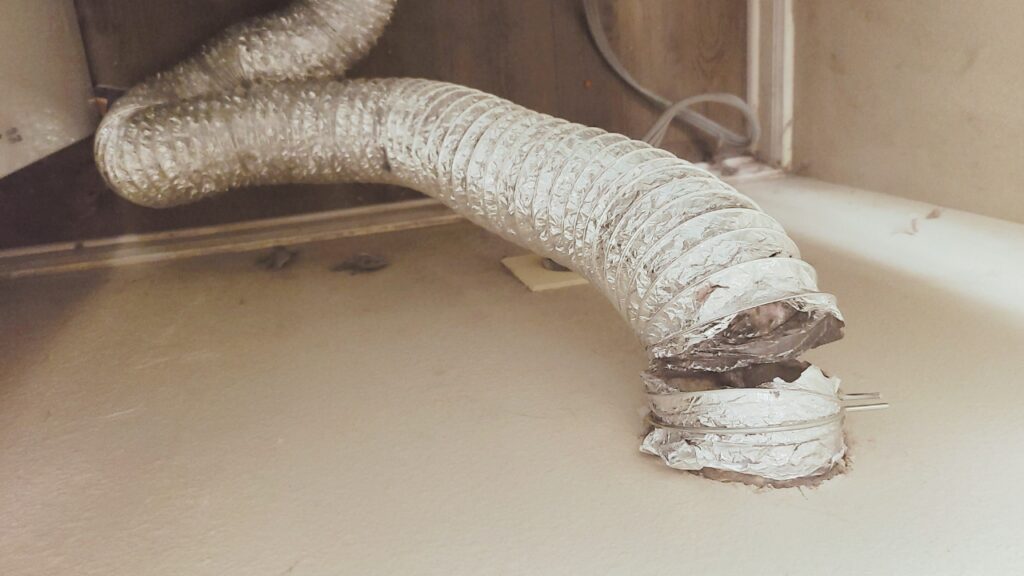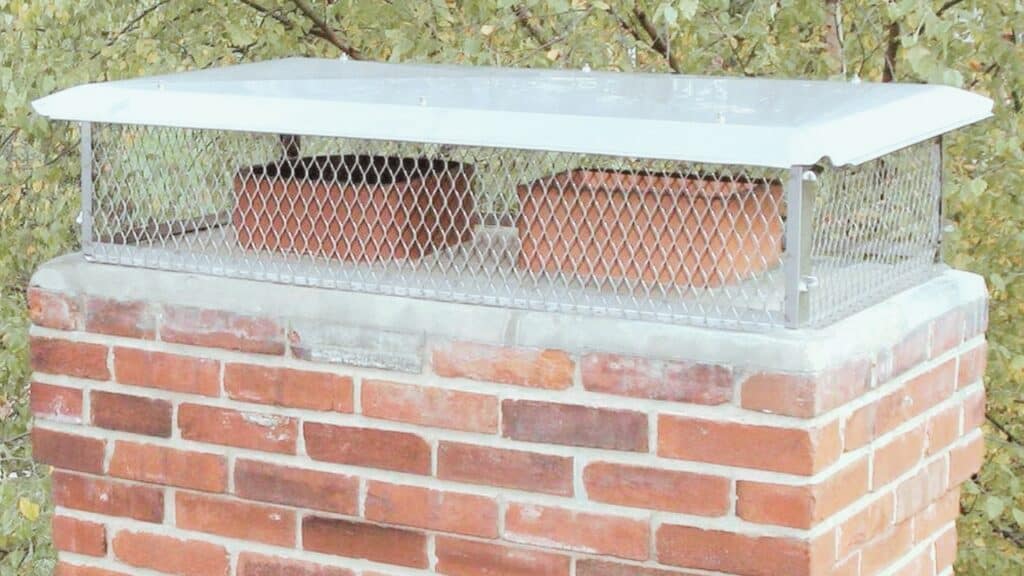Like most homeowners, you probably don’t think about your chimney until there’s a problem. And when that problem arises, it’s usually something big — like a clogged flue. Flues can become clogged with gunk, including creosote, soot, and animal nesting materials.
Chimney flue gunk is a common problem, and every homeowner should take it seriously. A clogged flue can lead to problems, including chimney fires. Therefore, if you notice brown liquid dripping from your chimney or creosote buildup on the inside, it’s time to take action.
If not cleaned out regularly, this gunk can create dangerous conditions.
What Is Chimney Flue Gunk?
Chimney flue gunk is a clog that forms in your chimney. This clog is usually made of creosote, soot, ash, and other materials. Over time, these materials can build up and create a dangerous situation in your home.
The gunk looks like a brown liquid that might drip from your chimney. You may also notice creosote buildup on the inside of your chimney flue.
A chimney flue gunk also indicates your chimney needs to be inspected and cleaned. This is especially important if you use your fireplace regularly. With regular use, your chimney can become clogged with soot and creosote more quickly.
——
Do You Need to Hire Chimney & Fireplace Expert?
Get free quotes from qualified experts near you. No commitment required!
——
What Causes the Brown Liquid Dripping From Your Chimney?
The brown liquid dripping from your chimney is most likely due to a chimney flue gunk or creosote buildup.
Creosote is a byproduct of burning wood and can build up on the inside of your chimney flue over time. It looks like black or brown tar and is very flammable.
To remove the creosote buildup, you’ll need to hire a professional chimney sweeper to come and clean your chimney. They have the tools and experience necessary to remove the creosote and prevent it from coming back.
The Dangers of Creosote Buildup in the Flue
There are a few dangers associated with creosote buildup in chimney flues. They include:
Creosote Fire
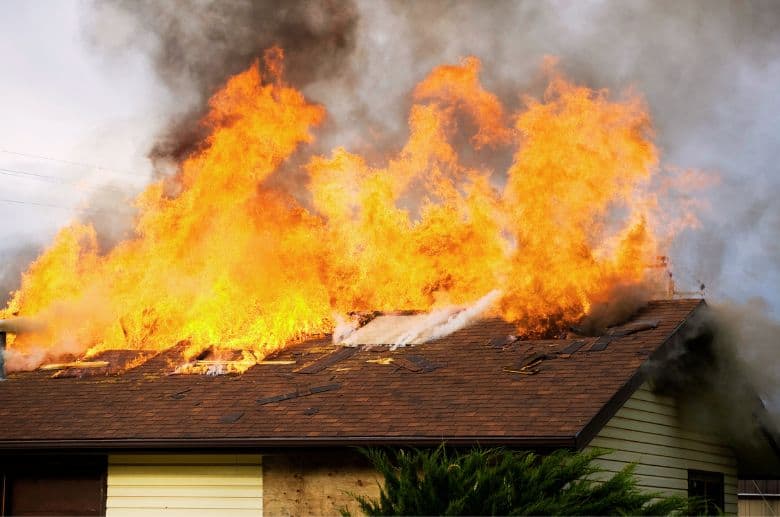
Chimney fires are among the top leading causes of house fires in the United States. The leading cause of chimney fires is the buildup of creosote, a byproduct of burning wood.
When this substance builds up on the inner walls of your chimney, it becomes a highly combustible material that can easily ignite when exposed to heat or flames.
Blockages and Obstructions
Due to the creosote buildup, chimneys can become blocked or obstructed. Once this happens, it can be difficult for the chimney to vent properly.
Hence, it can prevent proper ventilation and cause deadly carbon monoxide gas inside your home. Carbon monoxide is well-known for being a deadly gas that can cause serious health problems, including death.
Corrosion
Creosote is also corrosive. It eats away at the inner lining of your chimney over time. This can weaken the structure of your chimney and make it more susceptible to collapse.
——
Do You Need to Hire Chimney & Fireplace Expert?
Get free quotes from qualified experts near you. No commitment required!
——
How to Prevent Chimney Flue Gunk from Forming in the First Place
One of the best ways to prevent chimney flue gunk from forming in the first place is to have your chimney cleaned and inspected regularly.
Having a professional chimney sweep clean your chimney will remove any existing creosote buildup, which can then help prevent new buildup from occurring.
In addition to having your chimney cleaned, there are a few other things you can do:
1. Only Burn Seasoned Firewood
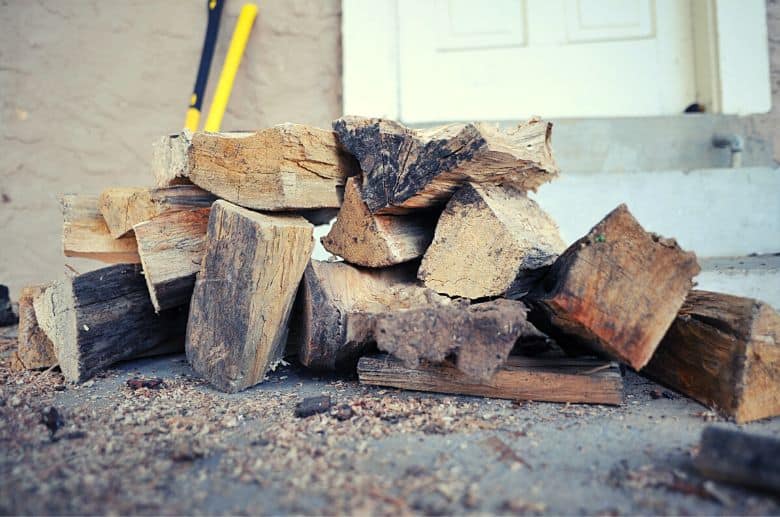
Seasoned wood is wood that has been cut and allowed to dry for at least six months. Burn this kind of wood in your fireplace to help prevent chimney flue gunk from forming.
Because it is dry, seasoned wood burns cleaner and produces less creosote than unseasoned wood.
2. Don’t Overload Your Fireplace
Your fireplace can only handle so much wood at a time. Overloading it will cause the fire to smolder. Smoldering fires produce more creosote than fires that are burning brightly.
Continuously doing this can lead to chimney flue gunk buildup.
3. Avoid Burning Trash or Paper in Your Fireplace
It might seem obvious, but most people don’t think twice about burning trash or paper in their fireplaces. When you do this, the chemicals and other materials in the trash or paper can create hazardous gases that can contribute to chimney flue gunk buildup.
4. Schedule Regular Maintenance With a Professional Chimney Sweep
Finally, it’s essential to have your chimney cleaned and inspected regularly by a professional chimney sweep. As the National Fire Protection Association recommends, you should have your chimney inspected yearly.
A professional chimney sweep will be able to clean your chimney and remove any existing creosote buildup. They can also advise you on preventing chimney flue gunk from forming in the future.
Conclusion
Chimney flue gunk is a dangerous substance that can lead to chimney fires, blockages, and other problems. It’s essential to have your chimney cleaned and inspected regularly by a professional chimney sweep to prevent it from forming.
In addition, there are a few things you can do to help prevent chimney flue gunk from forming in the first place, such as burning only seasoned wood and avoiding overloads.
FAQs
How much creosote is normal?
A small amount of creosote is normal and not cause for concern. However, if there is a thick creosote buildup on the chimney walls, it could be a problem.
How fast does creosote buildup?
The rate of creosote buildup depends on several factors, including the type of wood being burned and how often the fireplace is used. However, it can build up relatively quickly if not properly maintained.
Can I remove chimney flue gunk myself?
You should never try to remove chimney flue gunk yourself. This is a job for a professional chimney sweep. They have the necessary tools and experience to safely remove chimney flue gunk without damaging your chimney.
Why is chimney flue gunk dangerous?
Chimney flue gunk is dangerous because it is highly combustible. If there is a buildup of chimney flue gunk, it could catch fire and cause serious damage to your home.
What are the consequences of not removing chimney flue gunk?
If chimney flue gunk is not removed, it can lead to chimney fires, blockages, and other problems. It’s essential to have your chimney cleaned and inspected regularly by a professional chimney sweep to prevent these problems from occurring.
Why is it important to keep the flue clean?
Keeping the chimney flue clean is vital because it’s the only way the smoke and gases from the fire can escape. If the chimney flue is blocked, it could cause a fire and other problems.


